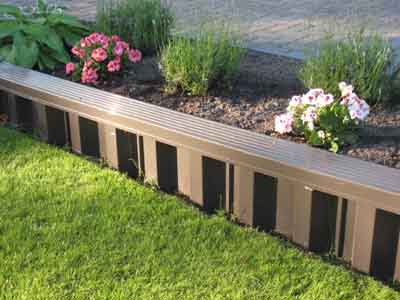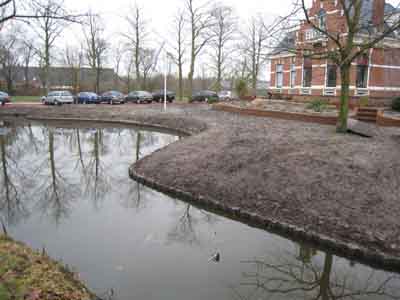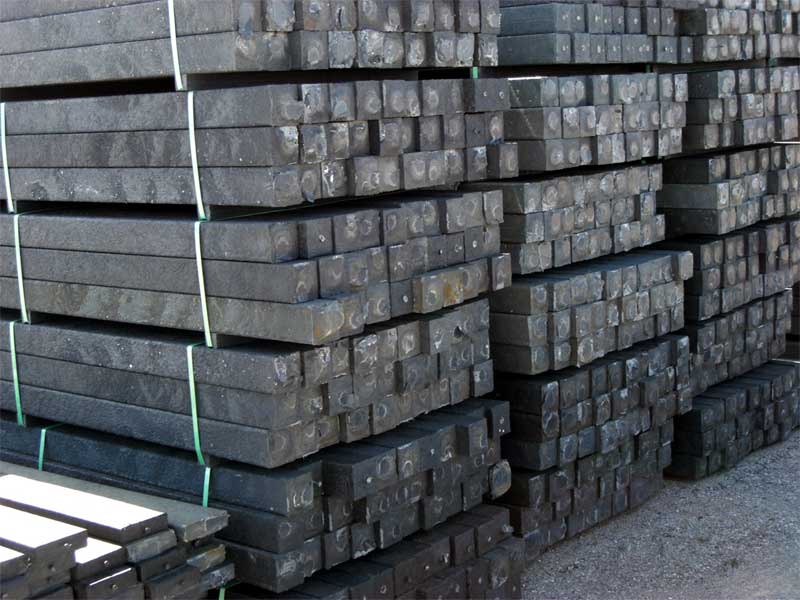Sustainable Piling




There has been increasing interest in the use of recycled polymer composites as a replacement for timber piling in coastal and waterfront environments. This trend is expected to grow because polymeric piling is more attractive than timber when life cycle costs are factored in, and also because polymeric piling is a creative method for the recycling and reuse of tons of plastic waste. However, composites face obstacles because they do not have a long track record of use in civil engineering structures. Polymeric piling is typically made of high density polyethylene (HDPE) and reinforced with fiber reinforced polymer E-glass (FRP) or steel. This project summarizes the current state of the art in polymeric piling practice.
|
Reinforced Plastic Piling:
|
Environmental Advantages of Fibre-Reinforced Plastic (FRP)
|
|
State of Polymeric Piling Practice
|
Designer Concerns Delaying Adoption of Polymeric Piling
|
